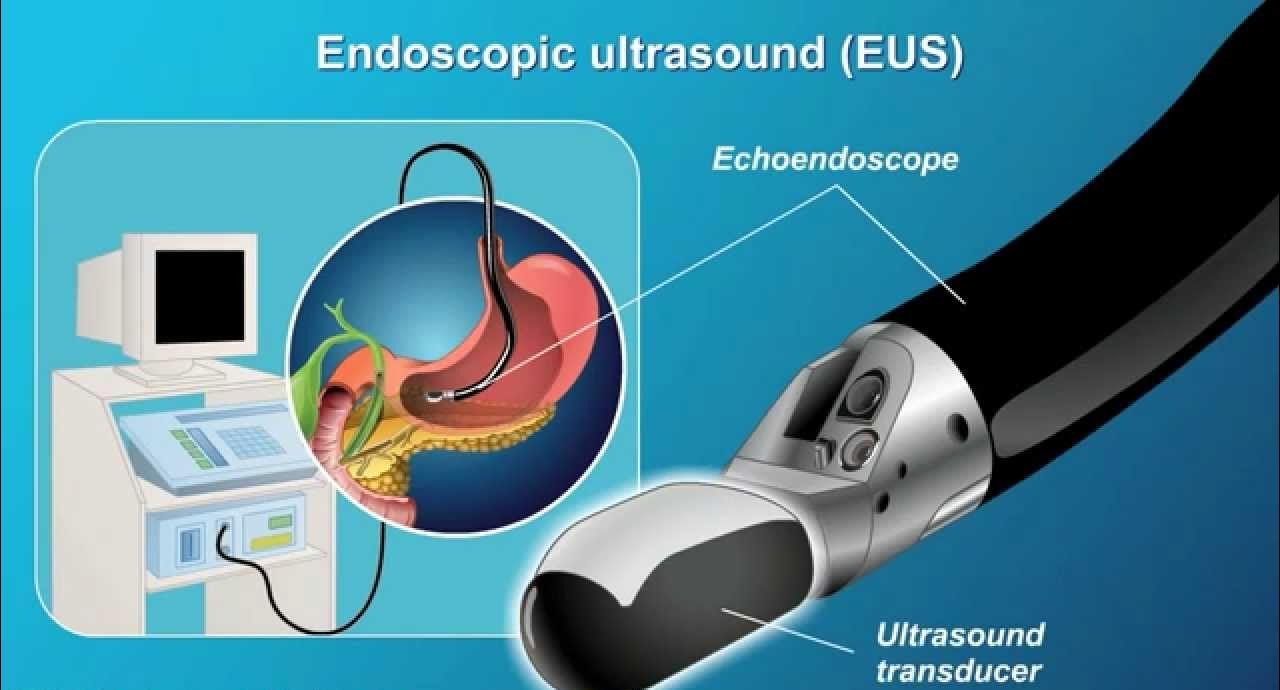
Dr. Piyush Gupta, one of the best gastroenterologists, offers cutting-edge Endoscopic Ultrasound (EUS) services in North Delhi to accurately diagnose complex gastrointestinal and pancreatic conditions. This advanced method combines endoscopy with high-frequency ultrasound scanning to capture detailed images of the digestive system, pancreas, bile ducts, and adjacent organs.

Endoscopic Ultrasound, more commonly referred to as EUS, is a sophisticated medical technique that enables physicians to closely examine the digestive tract and adjacent organs such as the pancreas, liver, and bile ducts.
During the process, the endoscope is carefully passed through the mouth into the stomach and small intestine. Through this, the physician is able to visualize high-resolution images of internal organs and identify any irregularities such as cysts, tumors, or stones.
In summary, Endoscopic Ultrasound is an indispensable tool in modern gastroenterology that offers precise imaging, accurate diagnosis, and targeted therapy—all in a single procedure. It plays a vital role in detecting early-stage diseases, planning effective treatments, and improving patient outcomes.
You’ll be advised to avoid eating or drinking for at least 6 hours before the procedure. Your doctor will give specific instructions regarding medications or health conditions.
EUS is a safe procedure when performed by an experienced gastroenterologist. Rare risks include mild sore throat, bloating, or temporary discomfort, which usually resolve quickly.
The procedure typically lasts between 30 to 90 minutes, depending on the complexity of the case. Most patients can go home the same day after a short recovery period.
EUS is considered very safe, but like any medical procedure, it carries small risks. These include mild sore throat, bleeding (especially if a biopsy is done), infection, or very rarely, perforation of the digestive tract. Serious complications are uncommon.
The Endoscopic Ultrasound test in North Delhi can detect pancreatic cysts, tumors, bile duct blockages, gallstones, chronic abdominal pain causes, and gastrointestinal tumors.